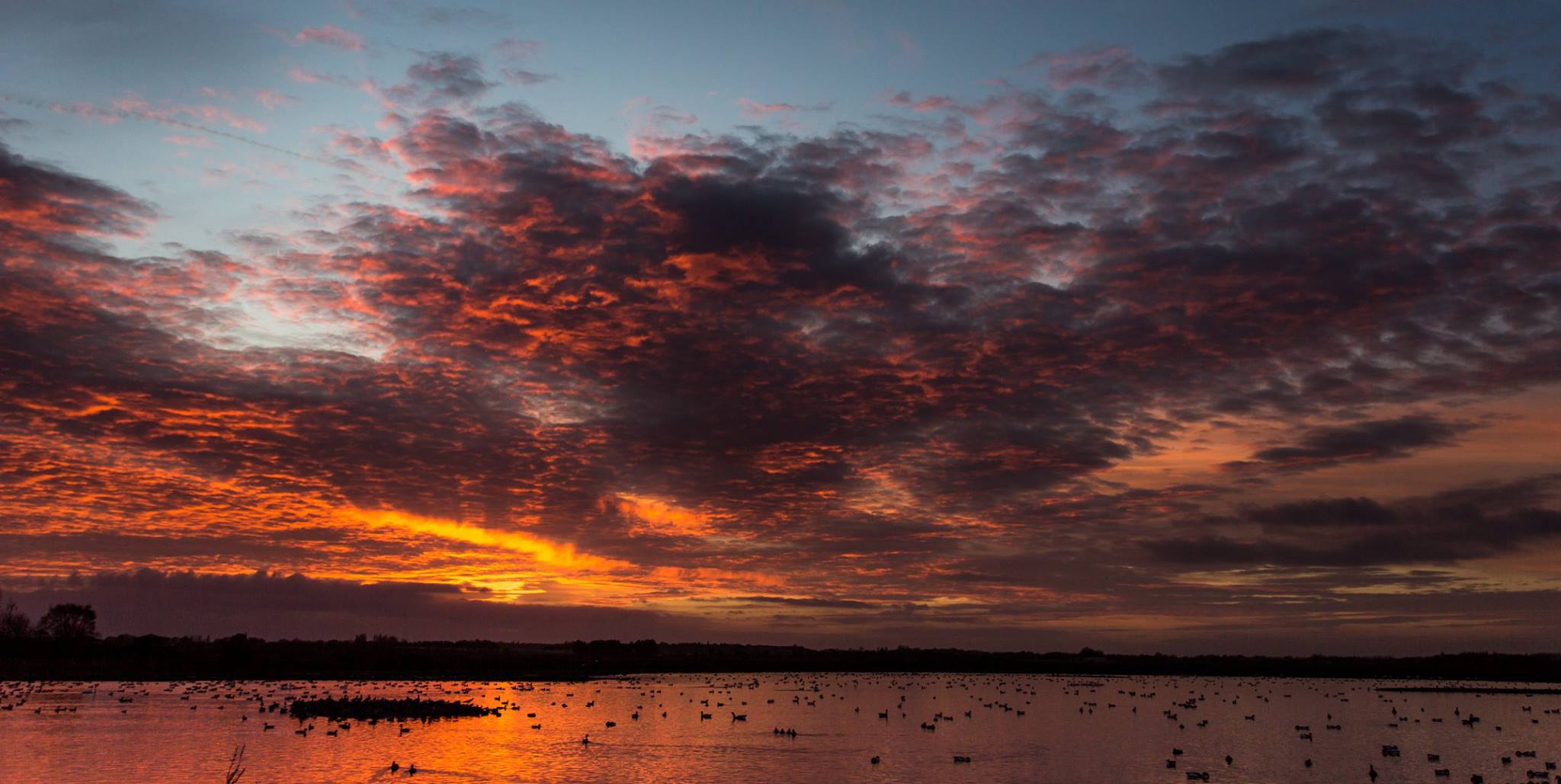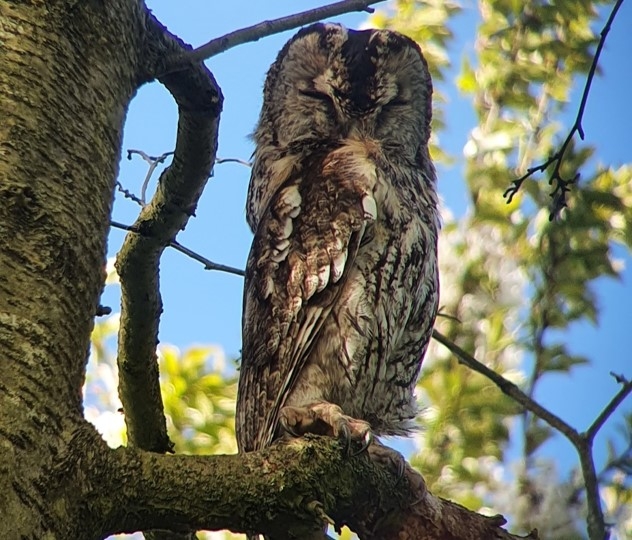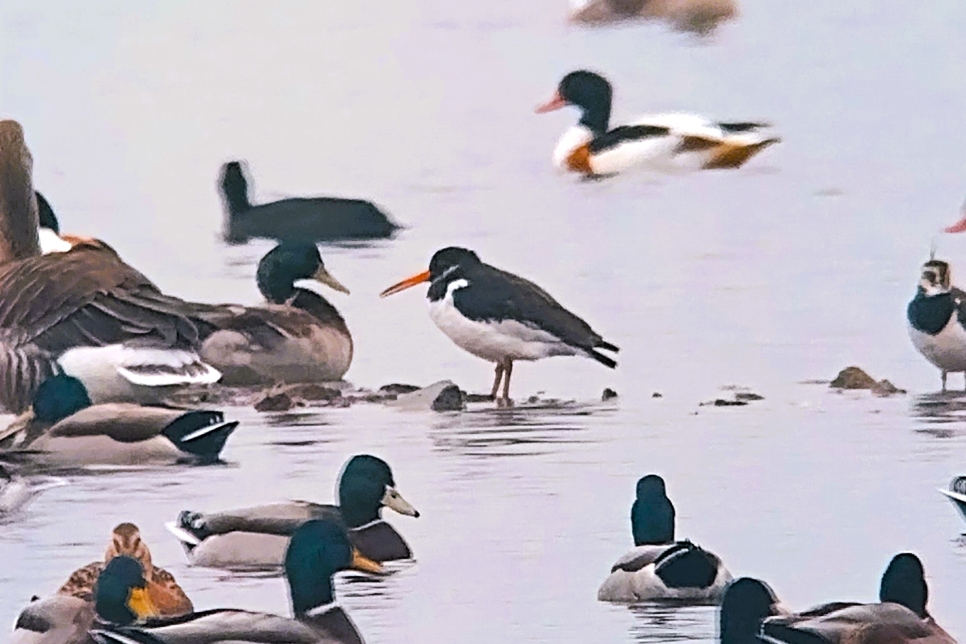WWT Martin Mere review of the year 2017
As promised a review of 2017! During the year 151 species of birds were recorded and this was one of the lowest counts in recent years. It did however included two first's for the reserve and a number of species unrecorded for over 20 years.
January started off well with a drake Green-winged Teal still present from 2016. Four Bewick's Swan came in on the 6th January, the only records on the reserve in 2017 of this formerly common winter visitor to Lancashire.
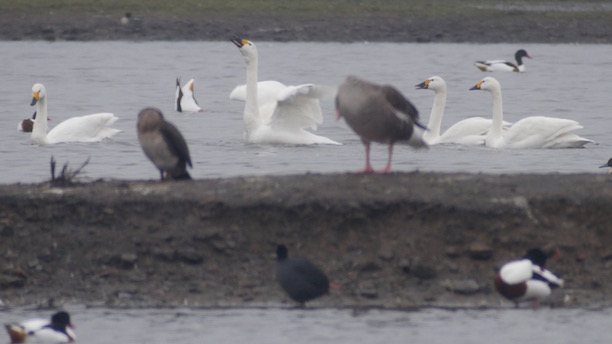
European White-fronted Geese were first seen seen with pinks on the 14th and a Great White Egret was also present that day.
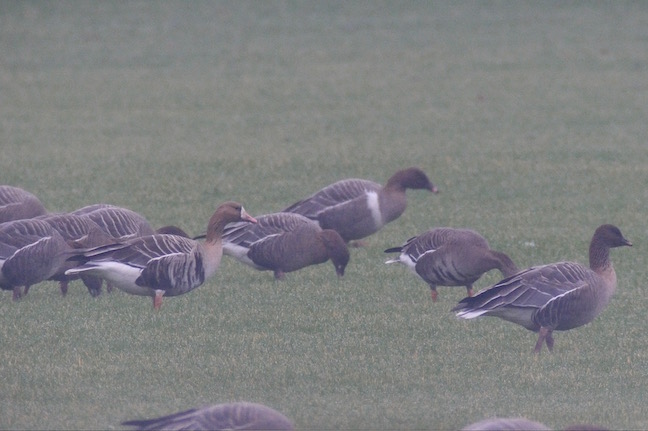
Other January sightings included Med Gull, Short-eared Owl, Merlin, Peregrine, Brambling and Siskin. Eighty nine species were recorded in January.
The first Woodcock of the winter was seen on the 16th February and up to two birds showed well for a time along the Nature Trail.
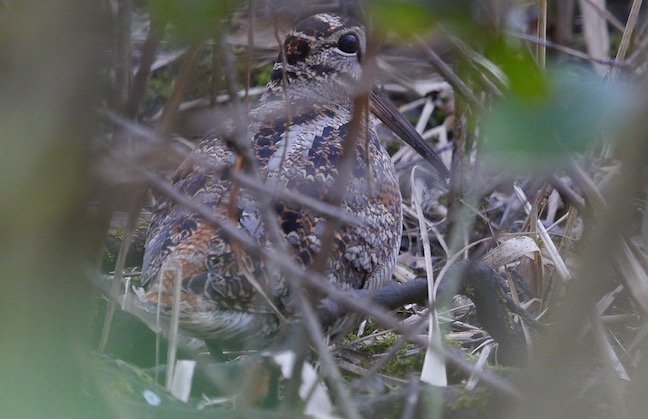
The first Ringed Plover and Avocet returned on the 16th and 20th Feb respectively. An unusually large group of 15 Greenland White-fronted Geese dropped in on the 19th Feb and the first Curlew was also seen that day.
March started with a Goosander on the 3rd. A Bittern was seen on the 18th. One of the birds of the year, an adult Ring-billed Gull was present for an hour on the 19th. There have been a few previous records but not for over 20 years.
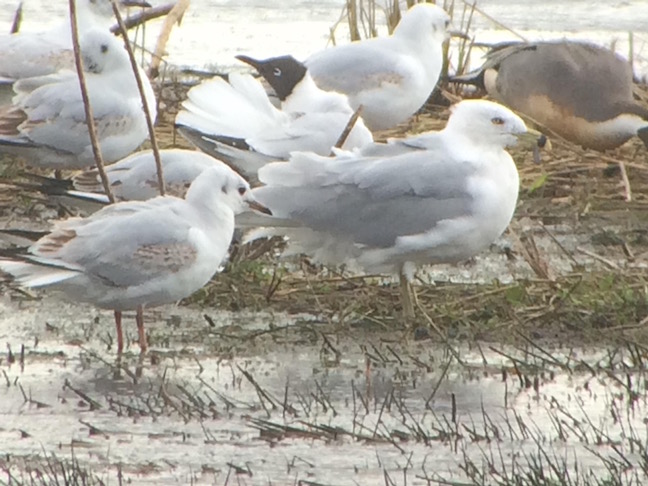
Returning Great-crested Grebe and Little Ringed Plover on the 19th and 22nd respectively. A drake Garganey arrived on the 25th March and one of the only sighting of Hen Harrier occurred on the 31st of the month, formerly a more common species that use to roost on the reserve in winter.
April started off well with 3 Cattle Egret on the 4th.
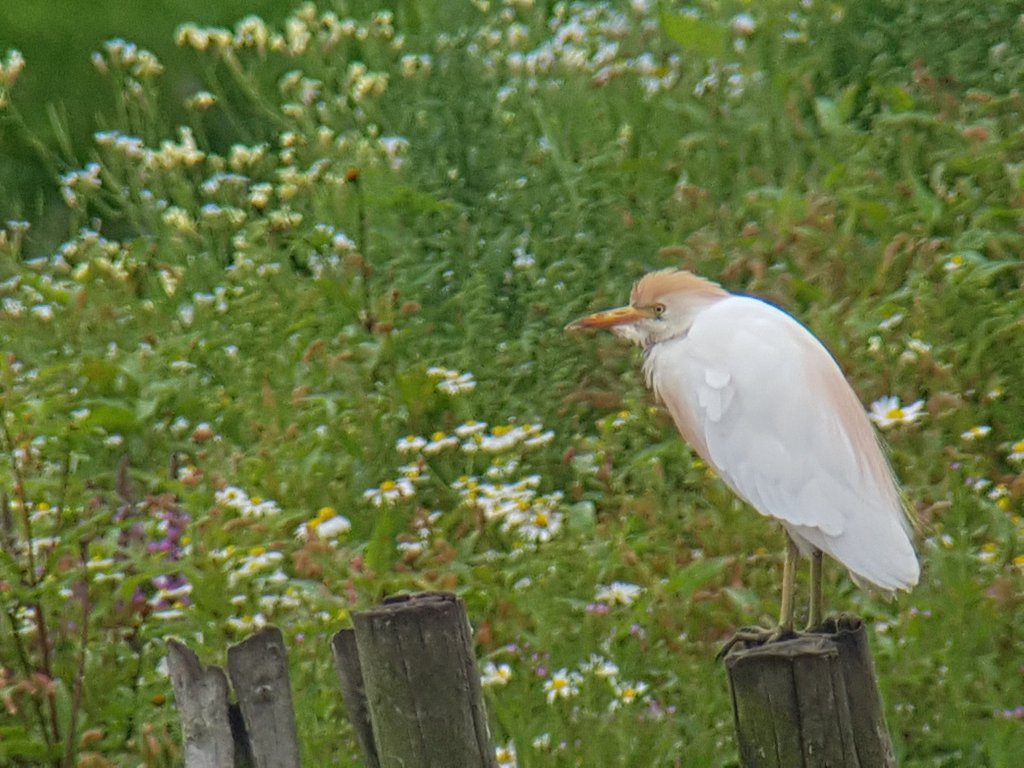
First Swallow, Sand Martin and Willow Warbler were reported on the 4th of April too. Common Sandpiper arrived on the 13th and Northern Wheatear on the 16th April. Plenty of action on the 18th April with the first Osprey, Whimbrel, Reed Warbler, Sedge Warbler and Whitethroat. Common Tern arrived on 19th April and a Bittern was heard booming on that day. Whinchat and Swift on the 28th. On the last day of the month 3 Black Tern were seen briefly over the Mere during an influx of terns.
Eleven species were added to the year list in May. The first reeling Grasshopper Warbler on the 1st. Hobby on the 5th followed by House Martin on the 6th May. Little Stint on the 9th with further records in autumn. A Spotted Flycatcher on the 11th May is the first spring record for sometime for this declining species. Yellow Wagtail arrived on the 15th May.
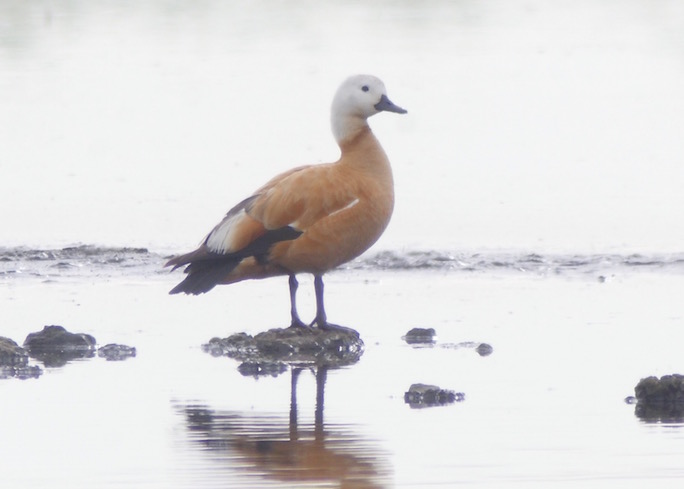
The 17th May added both Ruddy Shelduck and Temminck's Stint to the reserve year list, with Temminck's being virtually annual Martin Mere must be the most reliable site in the North West.
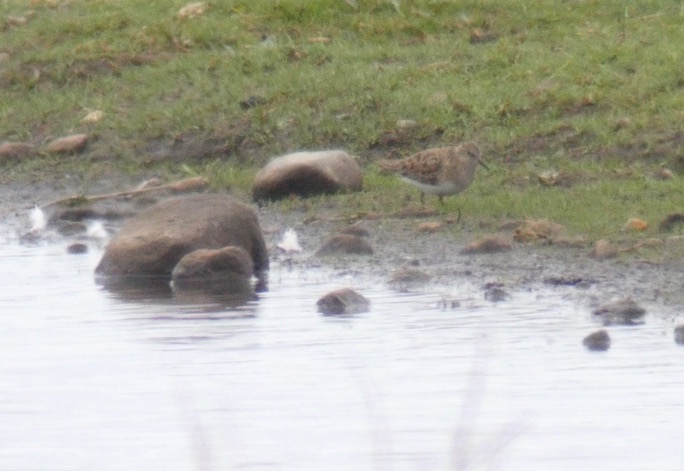
The now regular early summer Little Gull(s) arrived on the 24th May and hung around into July. The first Cuckoo also arrived on the 24th and a Red Kite was seen on the 26th.
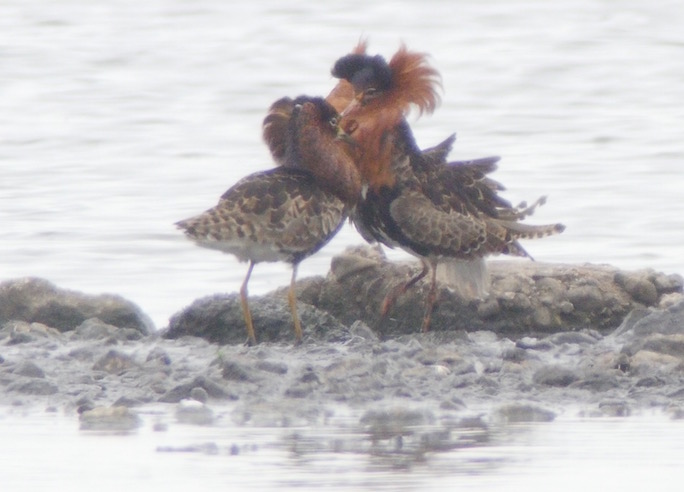
A relatively quiet June except for the breeding birds, in particular both Barn Owl and Kestrel had a good season and reasonable results for the Avocet too.
Two Spoonbill were seen on the 4th June and Wood Sandpiper and Green Sandpiper arrived on the 11th and 18th June respectively.
The first Greenshank of the year arrived on the 2nd July and there were no new species until 26th when an adult Gull-billed Tern flew onto the reserve at 9.30am and was last seen just before 11am.
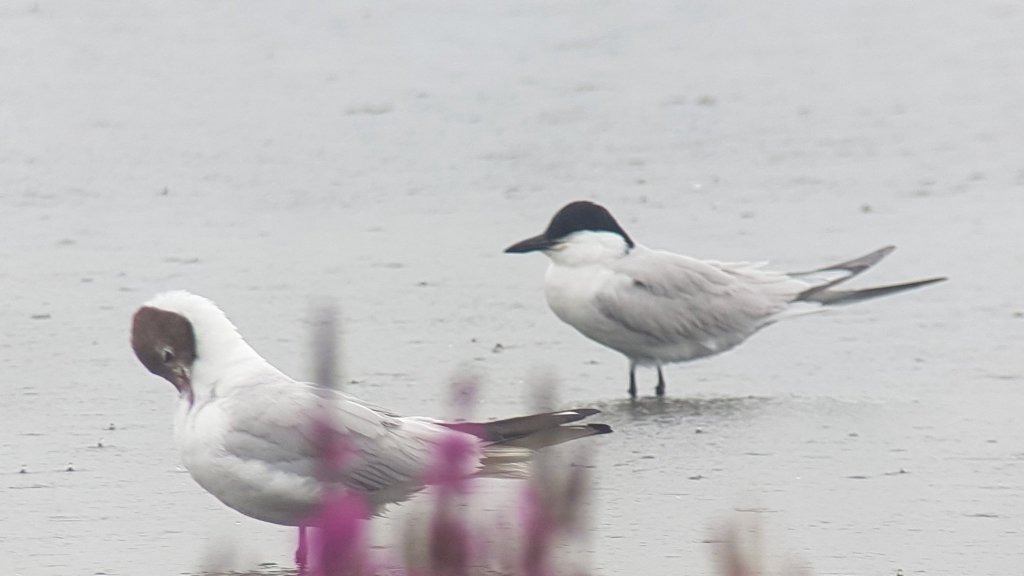
The Gull-billed Tern was new for the reserve and the first new species for a couple of year. We have now recorded 7 species of tern on the reserve; Common, Arctic, Little, Sandwich, Black, White-winged and Gull-billed. The previous Lancashire records were Blackpool 1832 (shot), St Annes 1955 and Seaforth 1995.
The excitement for July wasn't over when a Pied Flycatcher was found on the perimeter fence early on the 30th July. The previous records of this species occurred over twenty years ago.
As expected only three new birds for the year list in August, although in terms of a varied species count August is one of the best months. A Spotted Redshank was seen on the 9th August and Curlew Sandpiper on the 15th. Towards the end of the month the arrival of a Black-necked Grebe on the 21st caused more excitement, with only one previous record, this bird did the decent thing and hung around for three days.
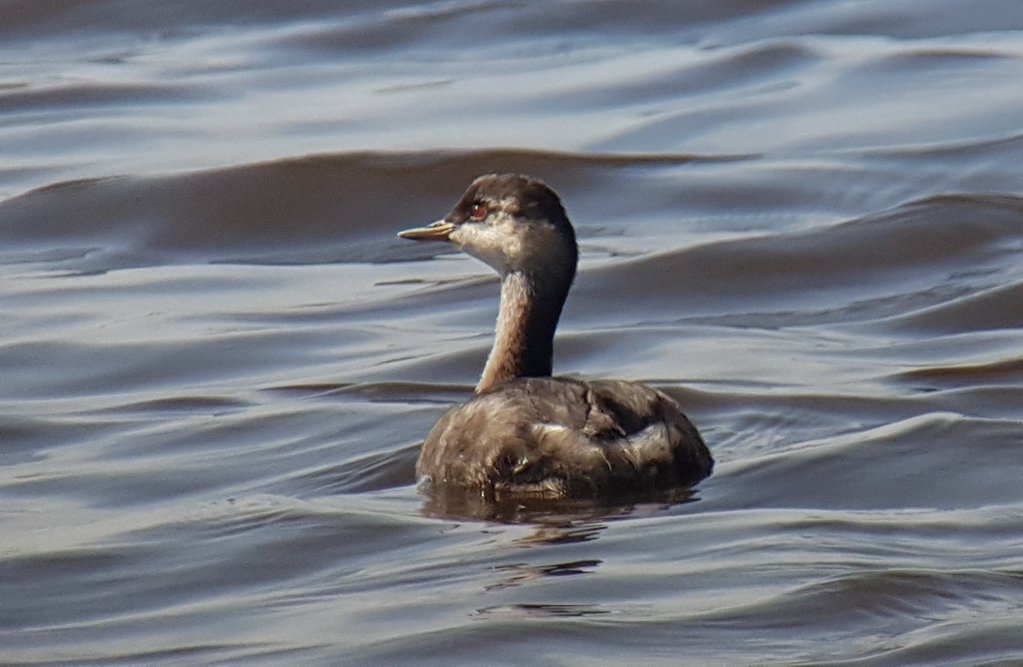
September is always a good month at Martin Mere when the first Pink-footed Geese start arriving. This year we had some early big counts and one of the earliest arrivals of Whooper Swan too. Six species were added in September; Nuthatch on the 9th, Lesser Whitethroat on the 15th, then on the 18th completely out of the blue and un-twitchable a Corncrake and a fly over Tree Pipit.
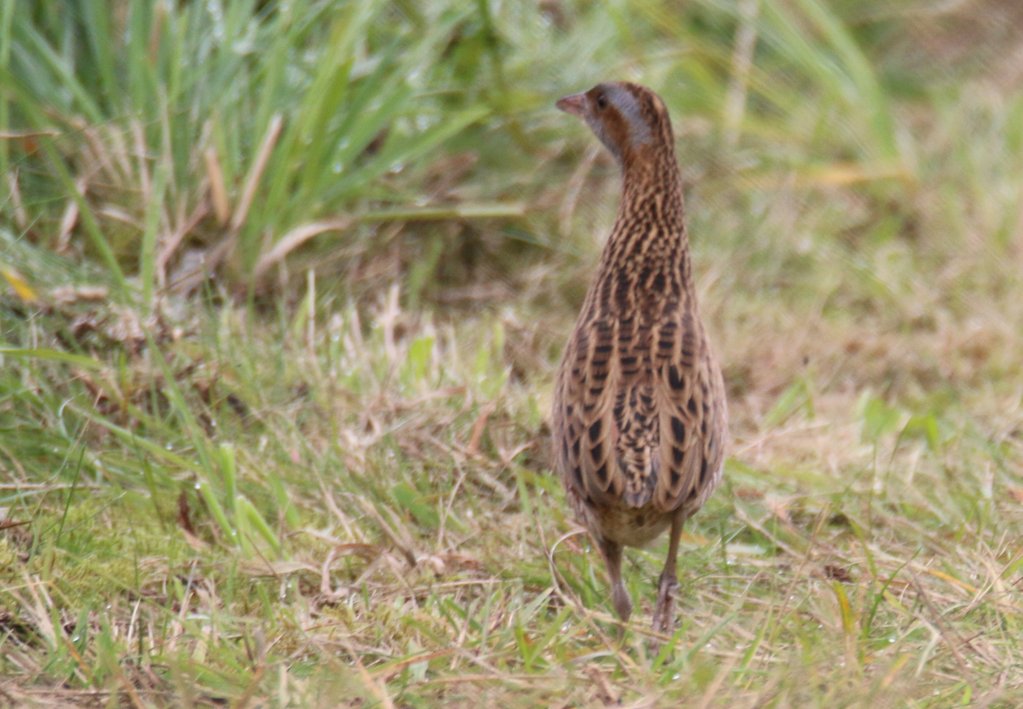
September wasn't over with Wood Warbler on the 24th and another second record for the reserve of Arctic Skua which flew through in squally conditions on the 25th.
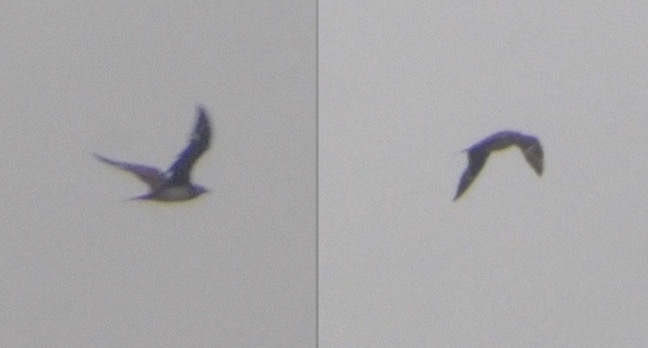
After such an excellent year we weren't expecting anymore first's but when a Long-billed Dowitcher turned up on the Ribble hopes were high that it might end up following Lapwing and Ruff over to the Mere, and that is exactly what happened on the 13th October.
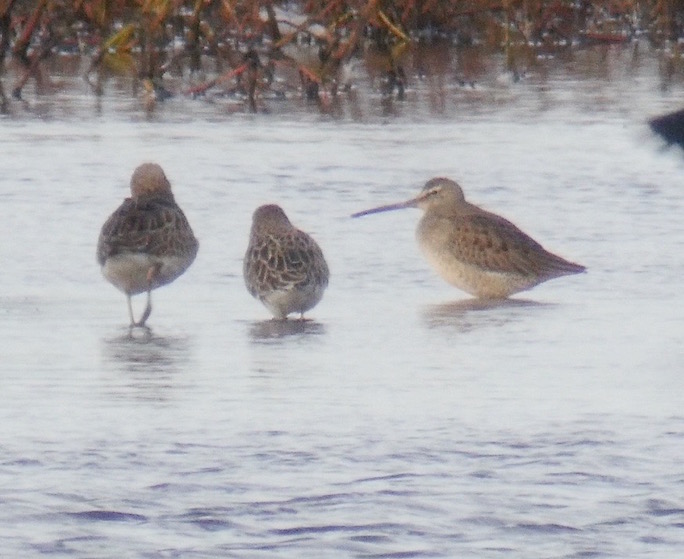
October provided the last of the new additions to the year list with Scaup on the 16th and unexpected a Rock Pipit on the same day with no records of the later for at least 20 years. Two Egyptian Geese arrived with Pink-footed Geese on the 18th. Corn Bunting within the reserve boundary on the 26th and finally a Pale bellied Brent again with Pink-footed Geese on the 27th October.
The spectacular Starling roost brought in my new visitors to the reserve during November with peak counts exceeding 50,000 birds.
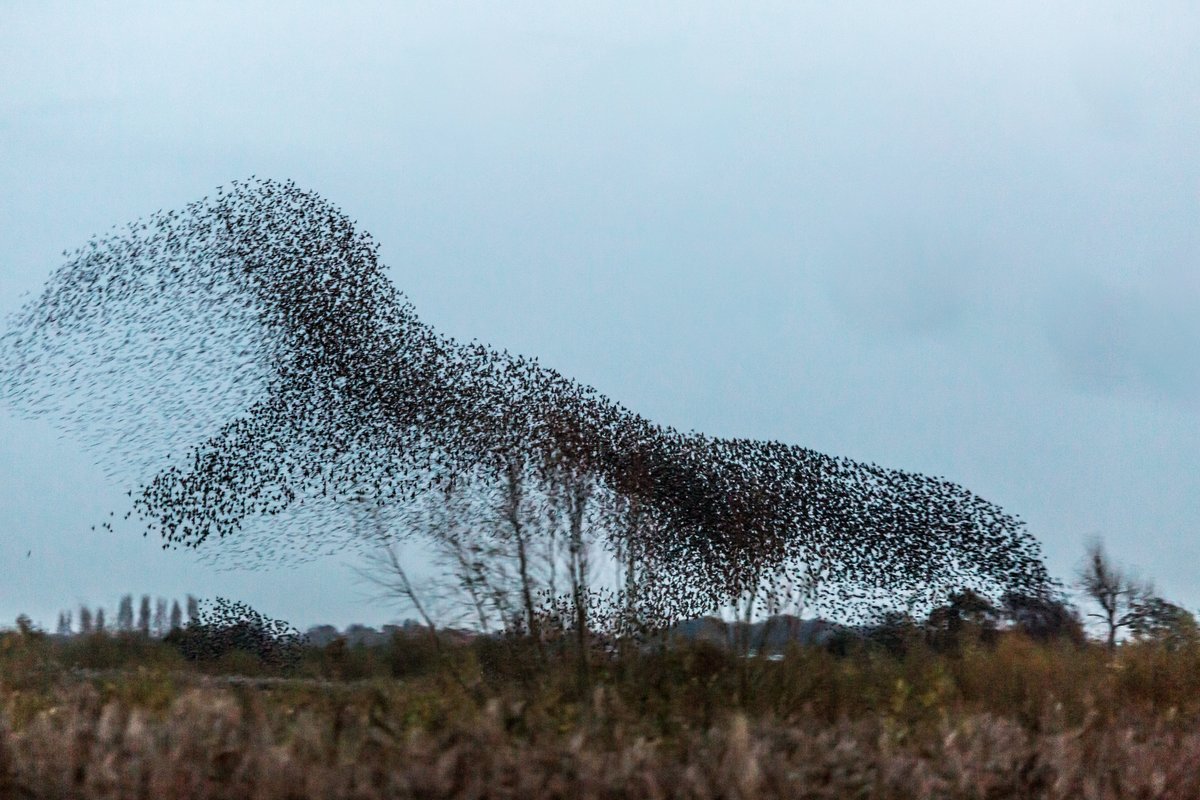
Over wintering Marsh Harrier had a good end to the year with as many as 12 different individuals being logged, minimum of 3 Peregrine and a couple of Merlin.
On the 25th of November a Green-winged Teal appeared again and was present til mid December.
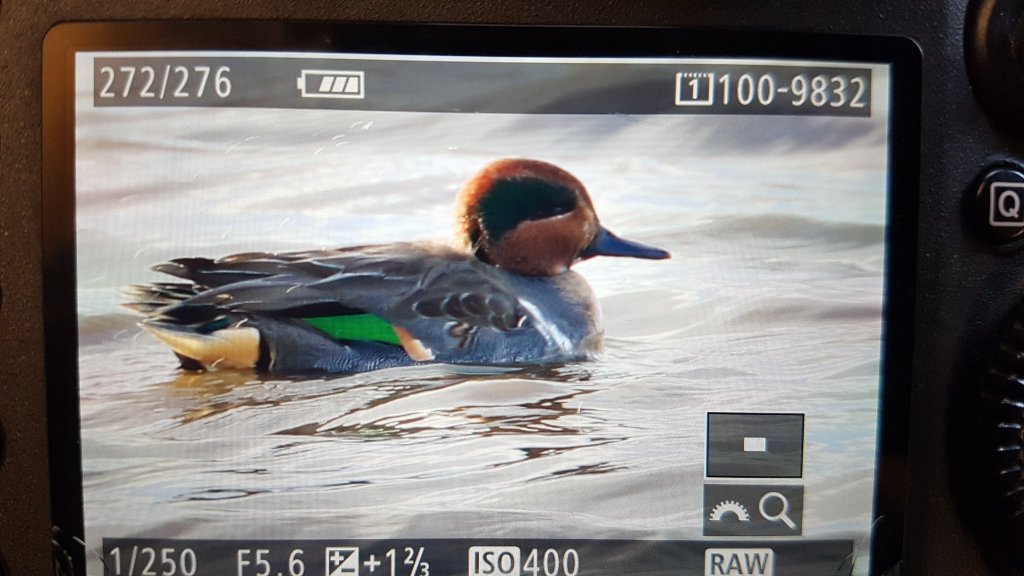
Altogether an excellent year. What will 2018 bring? Given a few lean years probability points to one or two more first for the reserve perhaps? What ever happens you can read it here first.
Big thanks to the in focus team (Andy, Bernie and Tony) for volunteering to produce these update. Big thanks to all the regulars who call in at in focus to report the sightings and likewise to all the wardens and volunteers.
